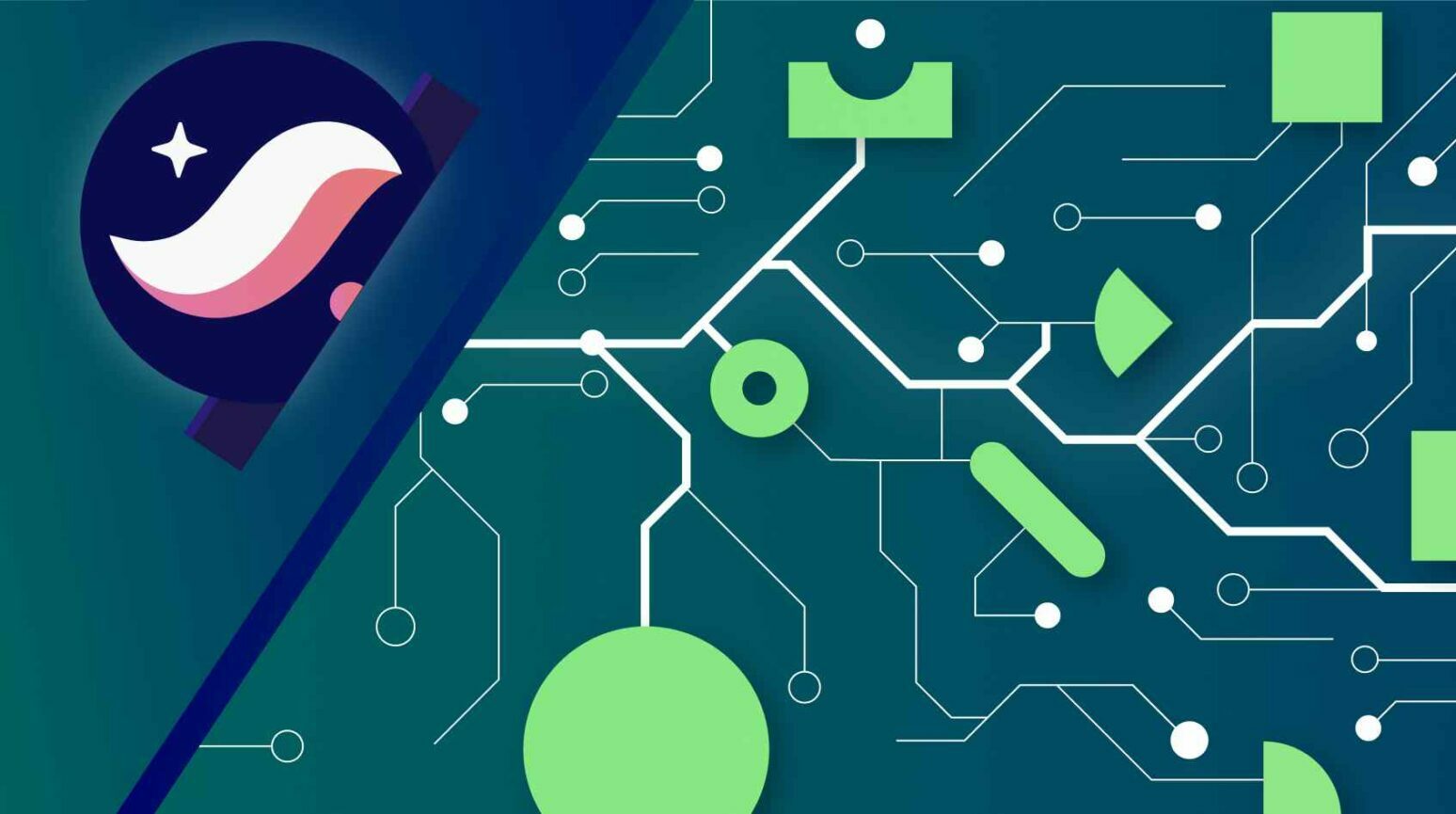In this post we dive deeper into the design of the Starknet Token, its minting schedule and expected timeline.
Considerations
The design of the Starknet Token is shaped by the need to power a network that is composed of (i) Users of Starknet, (ii) Operators — people providing the network with computing resources that perform sequencing of transactions, generation of STARK proofs, and long-term storage providers, and (iii) Developers writing software for its infrastructure and for applications running on it.
Mechanisms for fee structure and token minting should be:
- Largely automated, as opposed to based on significant human intervention
- Known and tested in other blockchain systems
- Simple to analyze and explain; transparent
- Resistant to speculative manipulation and non-value-creating gamification
- Considered to have a good user experience (UX)
These preferences will shape the mechanism for allocating tokens from new minting and transaction fees paid by Users:
Operators secure the ongoing liveness of Starknet and deliver the high-quality performance of the protocol that Users demand.
Developers build and maintain the software used by Operators to secure the network, and they create apps that enhance the network’s functionality for users. Consequently, a portion of the fees and new minting will go to Smart Contract Developers and Core Developers, as follows:
- Smart Contract Developers: the Starknet protocol can automatically measure the value provided by smart contracts, via the L1 and L2 fees paid by Users of these contracts. The Starknet protocol will automatically allocate a fraction of fees and ongoing new minting to Smart Contract Developers. Smart contracts that offer more value to Users — measured by fees paid for them — will receive a larger portion of tokens allocated for this purpose.
- Core Developers: The Starknet protocol has no automatic way of quantifying the contribution of Core Developers, such as those writing code for provers, sequencers, full nodes, etc. Consequently, token allocation to such Core Developers and other contributors whose contribution is not measurable by the protocol necessarily requires some human discretion. A model will be established for applying this in a manner that is consistent with the goal of decentralization.
- The exact mechanism for allocating tokens from new minting and fees to both types of Developers is yet to be determined. The design principles will include anti-gamification and transparency.
Initial allocation of Starknet Tokens
Ten billion tokens have been minted off-chain by StarkWare. To clarify: these Starknet Tokens do not represent equity in StarkWare nor do they provide any participation right in StarkWare or grant any right of claim from StarkWare. The circulating supply of tokens will increase over time with the minting of new tokens by the protocol, pursuant to a schedule that will be determined by the community at a later point.
The circulating supply may not, therefore, remain fixed.
The allocation is thus:
17% — StarkWare Investors
32.9% — Core Contributors: StarkWare and its employees and consultants, and Starknet software developer partners
50.1% granted by StarkWare to the Foundation, earmarked as follows:
- 9% — Community Provisions — for those who performed work for Starknet and powered or developed its underlying technology, e.g. via past use of the StarkEx L2 systems. Crucially, all Community Provisions will be based on verifiable work that was performed in the past. For example, to the extent Community Provisions will be given to past StarkEx users, allocations will be determined based on verifiable usage of StarkEx’s technology that took place prior to June 1, 2022.
- 9% — Community Rebates — rebates in Starknet Tokens to partially cover the costs of onboarding to Starknet from Ethereum. To prevent gamification, Community Rebates will only apply to transactions that occur after the rebate mechanism is announced.
- 12% — Grants for research and work done to develop, test, deploy and maintain the Starknet protocol
- 10% — a strategic reserve, to fund ecosystem activities that are aligned with the Foundation’s mission as explained in the previous post in this series.
- 2% — Donations to highly regarded institutions and organizations, such as universities, NGOs, etc, as decided by Starknet Token holders and the Foundation.
- 8.1% Unallocated — the Foundation’s unallocated treasury is in place to further support the Starknet community in a manner to be decided by the community.
To align long-term incentives of the Core Contributors and Investors with the interests of the Starknet community, and following common practice in decentralized ecosystems, all tokens allocated to Core Contributors and Investors will be subject to a 4-year lock-up period, with linear release and a one-year cliff.

Is there a way to receive Starknet Tokens?
The short answer is yes, but there are no shortcuts to receiving tokens.
Starknet Token allocation and its fee market and new minting design give precedence to developers of core infrastructure and dApps, as well as others contributing to the ecosystem’s security and health. What does this mean practically in relation to the token?
If you are a developer and you already wrote software for either Starknet infrastructure, or for a smart contract, that are genuinely valued and used by Starknet end users, then you can expect to receive tokens automatically through the protocol. One of the many safeguards against gamification of this mechanism is that fees received by developers will be strictly less than fees paid by users.
Developers may also receive token grants for work done to develop, test and maintain the Starknet protocol. Any such grants will be determined in due course by the Foundation in accordance with its mission.
If you are a blockchain developer who believes that Starknet is the answer to Ethereum’s scaling needs, we encourage you to learn more about Starknet and its programming language, Cairo, and to start developing your own smart contracts.
If you are an end user, use Starknet — but only as it serves your needs today. Use it for those transactions and applications that you value, not in expectation of any future reward of Starknet Tokens. When Community Provisions are announced, they will refer only to snapshots that have occurred previous to the announcement date, and will filter and exclude usage that is deemed by it to be an abuse and gamification of the network, based on the information available at that point in time. When Community Rebates are instituted, they will never apply to transactions that occurred before the rebate was announced, so transacting today in anticipation of a future rebate is futile.
Closing remarks
Building an open network means embracing the unknown. The Internet, Bitcoin and Ethereum, were invented by innovators who believed their tools might change the world, but didn’t quite know how. Humbly, we hope that Starknet’s ability to scale blockchains will be good for Ethereum and good for a decentralized web. We can’t know what will get built. But we do believe that Starknet puts a remarkable technological capability in the hands of a creative community, and we hope to see that community use it in a myriad of ways, many of them as-yet unimagined.



